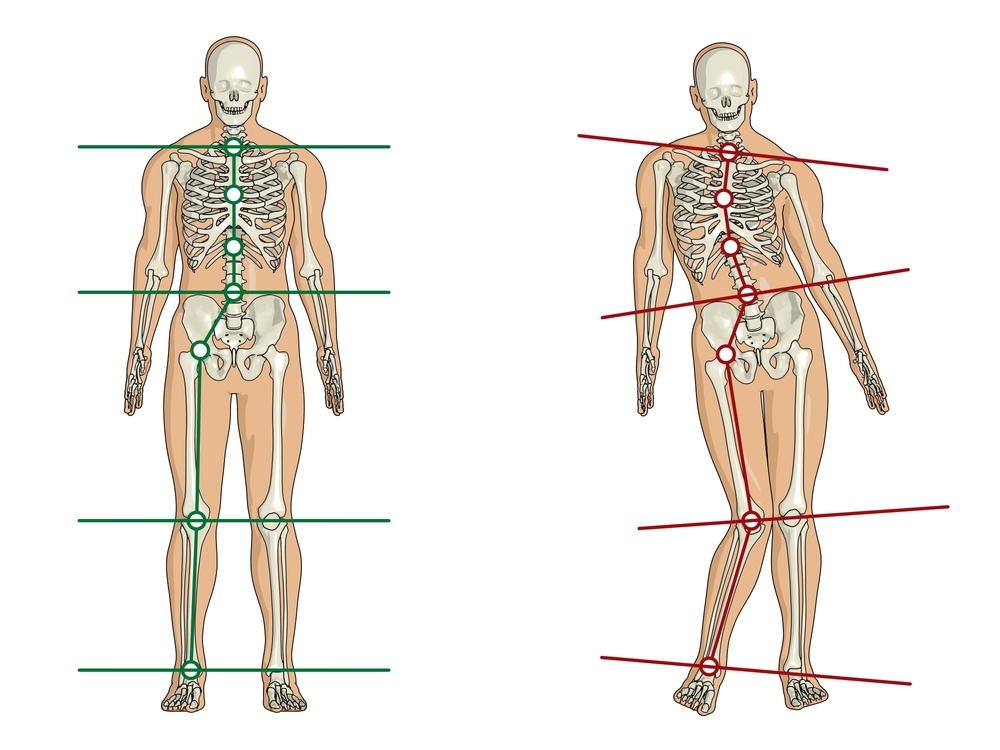
In the world of dealing with craniofacial and TMJ disorders, it is critical to look at any asymmetries or irregularities that might exist within a person’s skull. This can be as simple as just visually sitting down in front of that patient and looking at them from a critical viewpoint, or as detailed as taking X-rays from all angles and making photographs part of the assessment as well.
When a patient is examined initially by the doctor, they need to look at their face, their posture, their neck, and shoulders as well. Here is the first part of proper treatment planning for any orthodontic or craniofacial pain case. Are the eyes even? Are the ears level? Is the sclera more evident on one side or the other? How does the jaw open – does it open straight or does it swerve to one side upon opening and closing?
Although this extremely basic analysis seems mundane, it is quite useful in determining the outcome of a case. For example, if the eyes are not even or level, then the sphenoid bone is not level, which leads to imbalances in the jaw bones (condyles) and so moving teeth might make this imbalance worse and cause pain. If the ears are not even, then it is highly likely that the glenoid fossas (jawbone sockets) are not level and performing orthodontics on this patient could end up pushing the condyles deeper into the disc on one side or the other. creating head and neck pain. The analogy is this: If the front-end alignment is off with your car, there really is no point in putting two new tires on the front of the car. So, if the teeth are moved around by orthodontic treatment and the skull is not in good alignment, then further distortion can occur which will lead to pain in the head and neck. From the diagram, distortions from the cranium can affect the shoulders, hips and through to the feet.
To do the best orthodontics possible, it is important to have the dentist understand craniofacial asymmetry and what to do about it. Most regular dentists are trained to use the RPE (Rapid Palatal Expander), however, this device will not level bones that are not in good alignment to begin with. The RPE will just widen what is already there and widen the asymmetry which is detrimental to the patient’s overall health.
There is a particularly useful device called the ALF (Advanced Lightwire Functional) that will nicely align the cranial bones given enough time and patience. Unfortunately, there are only a few dental practitioners out there who have the training and understanding of how the device works. It is NOT a palatal expander, not at all. It is a quite simple device that levels the bones within the skull, achieving balance and stability. Another analogy: it opens the vise grip on a person’s skull so the bones can settle in more balanced. It’s as simple as that! If you have any questions for our team or to schedule an appointment, we welcome you to give us a call at 703-821-1103 today!
